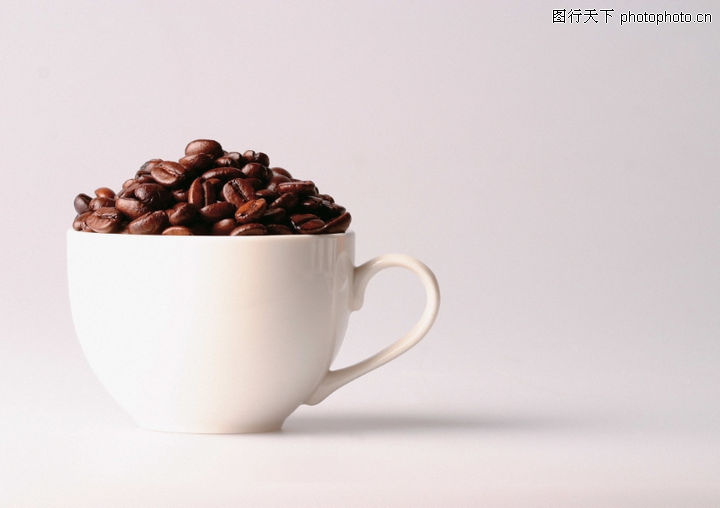Four standards for judging the quality of milk bubbles: coffee bean espresso
Standard 1: Milk foam should be fine
For example: be delicate (what is delicate? No one can explain it in precise words), like velvet (What is velvet? As a national protected animal, how many people dare to hit a swan and touch its velvet?) Slippery (milk is the smoothest thing, like this guy is lazy and leaves nothing in your mouth), and so on and so on. But there is a saying very close to the delicate state of milk foam: the surface should be reflective. This statement is objective and direct, at least it can be seen by the naked eye as a standard.
Here to say so much, mainly to give you a hand can touch, eyes can see, ears can hear the standard, this standard has been mastered, we will discuss in the mouth through the oral mucosa, taste buds and through the upper palate of the inner nostrils formed by the comprehensive image problem, namely taste problem.
What are these criteria? The surface should be reflective first.
Standard 2: No coarse bubbles
There is not a single coarse foam on the surface. This requires a very good foam control ability, when larger than 1mm in diameter are called coarse foam.
Standard 3: Milk bubble temperature is 60 degrees Celsius--65 degrees Celsius
In the case of the same amount of milk (all added to the bottom of the cylinder mouth), whether it is 60% full or 7,8,90% or full, the temperature should be consistent, and the amount of milk foam cannot be adjusted by the temperature.
Standard 4: No waste of milk
Make two cups of cappuccino. Make it in WBC standard cups. After pouring milk foam into the cups, there is not a drop left in the flower jar. If this standard is sublimated a little more, it becomes: how much milk foam you want, just how much milk foam you want (except for micro-milk foam such as macchiato), which is difficult to practice and takes a long time.
The above four standards have been achieved, in terms of vision, feel and technology, at least it is a good tank of milk foam. Also mentioned above is an auditory sense, which depends on the milk, just beaten milk foam, must not hear a very continuous burst sound, this can ensure the durability of milk foam in the cup.
Important Notice :
前街咖啡 FrontStreet Coffee has moved to new addredd:
FrontStreet Coffee Address: 315,Donghua East Road,GuangZhou
Tel:020 38364473
- Prev

Coffee roasting and coffee flavor light roasting and medium roasting coffee beans boutique coffee roasting itself
Coffee flavor is most affected by the quality of coffee itself. a good cup of coffee needs to be combined with many processing methods. for example, the initial processing of coffee as we know it will impress the quality of coffee beans, and coffee roasting also has an impact on coffee flavor. The most important thing for baristas to make coffee is coffee extraction, so what Chongqing Brista wants to share with friends today is
- Next

Correct use of pressurized coffee pot to make coffee and coffee utensils kalita kono
If you are using filter paper, you need to wet the filter with hot water before making coffee. This can remove the odor of the filter paper itself and ensure the integrity and adequacy of coffee extraction. Now you can officially start making coffee. The water temperature boils the water to a temperature of 212 ℉. Stop heating and lower the water temperature to 200-208 ℉. Too high water temperature will lead to excessive extraction of coffee.
Related
- Beginners will see the "Coffee pull flower" guide!
- What is the difference between ice blog purified milk and ordinary milk coffee?
- Why is the Philippines the largest producer of crops in Liberia?
- For coffee extraction, should the fine powder be retained?
- How does extracted espresso fill pressed powder? How much strength does it take to press the powder?
- How to make jasmine cold extract coffee? Is the jasmine + latte good?
- Will this little toy really make the coffee taste better? How does Lily Drip affect coffee extraction?
- Will the action of slapping the filter cup also affect coffee extraction?
- What's the difference between powder-to-water ratio and powder-to-liquid ratio?
- What is the Ethiopian local species? What does it have to do with Heirloom native species?

